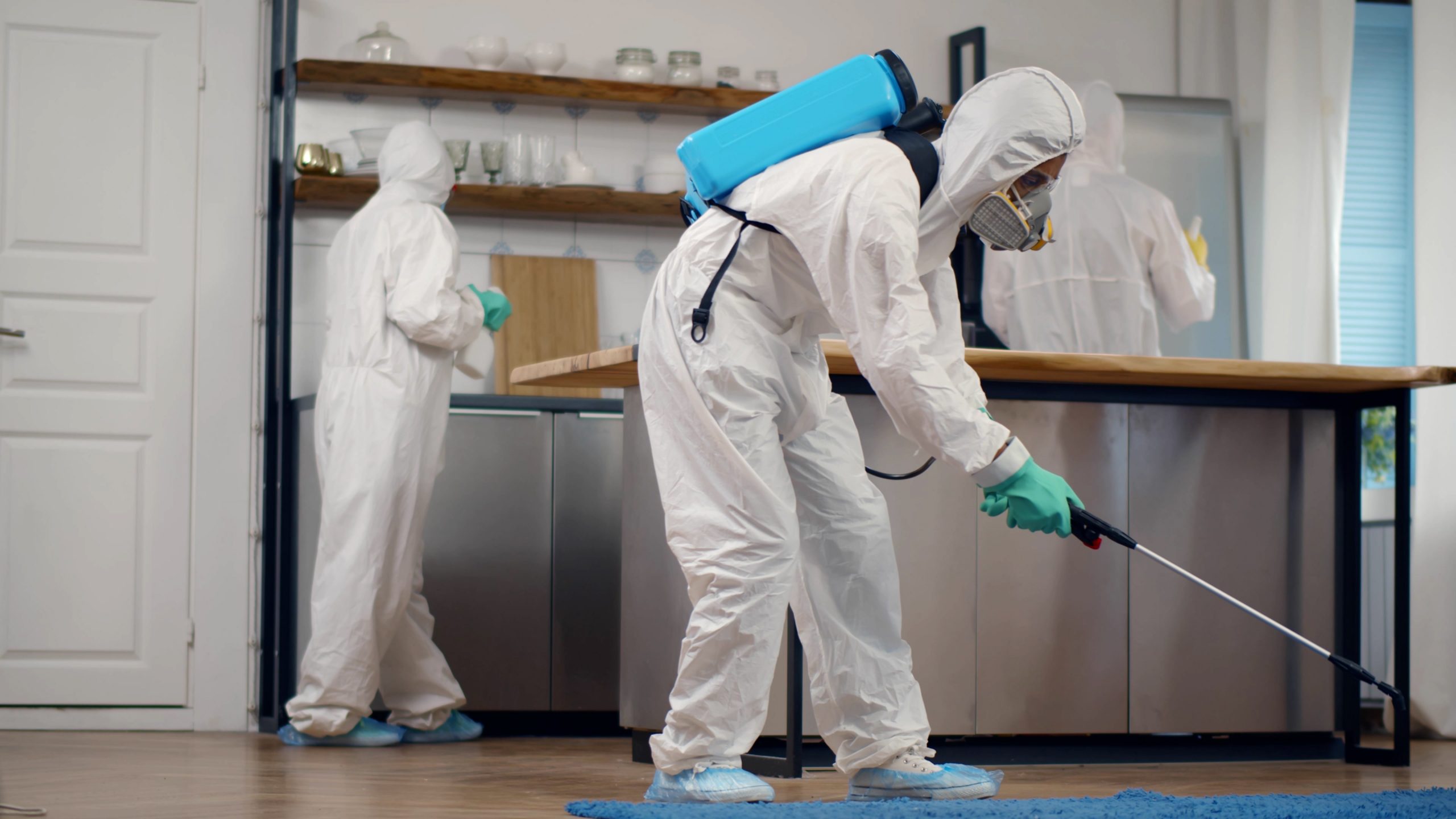Introduction
Pest control is essential for maintaining a healthy and comfortable living environment. Whether dealing with ants, rodents, termites, or bed bugs, effective pest management requires a combination of preventive measures, monitoring, and, when necessary, professional intervention. This guide will explore the various aspects of pest control, with a special focus on bed bug treatment to help you manage these troublesome pests.
Understanding Pest Control
Pest control involves the regulation or management of species defined as pests, typically insects or animals, that negatively impact human activities, health, or property. The main goals of pest control are to prevent damage to structures, protect food sources, and ensure a healthy living environment.
Types of Pest Control
-
Chemical Control: This method involves using pesticides to eliminate pests. While effective, it requires careful application to minimize risks to humans and pets. Modern pesticides are designed to target specific pests, reducing collateral damage.
-
Biological Control: This approach uses natural predators or parasites to control pest populations. For example, releasing ladybugs in a garden can help manage aphid infestations.
-
Mechanical Control: Mechanical methods include physical barriers, traps, and other devices to capture or exclude pests. Examples include insect traps, rodent cages, and exclusion barriers.
-
Cultural Control: Cultural practices involve changing the environment to make it less conducive to pest infestations. This can include crop rotation in agriculture or sanitation practices in homes.
-
Integrated Pest Management (IPM): IPM combines multiple strategies to manage pests in a sustainable way. It includes monitoring pest populations, using biological and cultural controls, and applying chemical treatments only when necessary.
Bed Bugs: An Overview
Bed bugs are small, reddish-brown insects that feed on human blood. They are notorious for infesting beds, furniture, and other areas where people sleep or rest. Bed bug infestations can cause discomfort and anxiety, making effective treatment crucial.
Identifying Bed Bugs
Bed bugs are approximately 5-7 mm long, oval-shaped, and flat. They are nocturnal and are often found hiding in cracks and crevices during the day. Common signs of a bed bug infestation include:
- Bites: Bed bug bites appear as small, red, itchy welts, often in a line or cluster. They are typically found on exposed areas of the skin.
- Blood Stains: Tiny blood spots on bedding or mattresses are a common indicator of bed bugs feeding.
- Fecal Spots: Dark, rusty stains on sheets or mattress seams are bed bug excrement.
- Eggs and Shells: Tiny white eggs and shed exoskeletons may be found in hiding places.
Effective Bed Bug Treatment Strategies
Dealing with bed bugs requires a comprehensive approach, often involving multiple treatment methods. Here’s a step-by-step guide to effective bed bug treatment:
-
Inspection and Identification
- Thoroughly inspect your home, especially bedrooms, for signs of bed bugs. Use a flashlight and a magnifying glass to check seams, crevices, and hidden areas.
-
Cleaning and Decluttering
- Reduce clutter to minimize hiding places for bed bugs. Wash and dry all bedding, linens, and clothing on high heat. Vacuum floors, mattresses, and furniture, disposing of the vacuum bag immediately.
-
Heat Treatment
- Bed bugs are sensitive to heat. Professional pest control services often use heat treatment, which involves raising the temperature of affected areas to a level that is lethal to bed bugs and their eggs.
-
Chemical Treatments
- Use insecticides specifically designed for bed bugs. Apply these products according to the manufacturer’s instructions, focusing on cracks, crevices, and other potential hiding spots. It’s important to choose products that are safe for indoor use and follow safety precautions.
-
Encasements
- Encase mattresses and box springs in bed bug-proof covers to trap any existing bugs and prevent new ones from entering. These covers are designed to keep bed bugs from feeding and reproducing.
-
Professional Extermination
- For severe infestations, hiring a professional pest control service may be necessary. Pest control experts have access to specialized equipment and treatment methods, such as heat chambers and advanced insecticides, to effectively eliminate bed bugs.
-
Ongoing Monitoring
- After treatment, continue to monitor for any signs of bed bugs. Regular inspections and maintaining cleanliness can help prevent future infestations.
If you want to know about Bed Bug Treatment then visit Usman Pest Control.
Preventing Bed Bug Infestations
Preventing bed bug infestations involves a combination of vigilance and proactive measures. Here are some tips to help you avoid bringing bed bugs into your home:
- Inspect Secondhand Items: Always check secondhand furniture, mattresses, and clothing for signs of bed bugs before bringing them into your home.
- Use Protective Covers: Encase mattresses and box springs in protective covers to reduce the risk of bed bugs.
- Be Cautious While Traveling: When staying in hotels, inspect the bedding and luggage racks for bed bugs. Keep luggage off the floor and use luggage protectors if possible.
- Regular Cleaning: Maintain a clean living environment by regularly vacuuming and washing bedding and linens.
Conclusion
Effective pest control is essential for maintaining a safe and comfortable living space. Bed bugs, in particular, can be challenging to manage, but with the right approach, you can successfully eliminate them and prevent future infestations. Combining inspection, cleaning, treatment, and prevention strategies will help ensure that your home remains free of pests.
